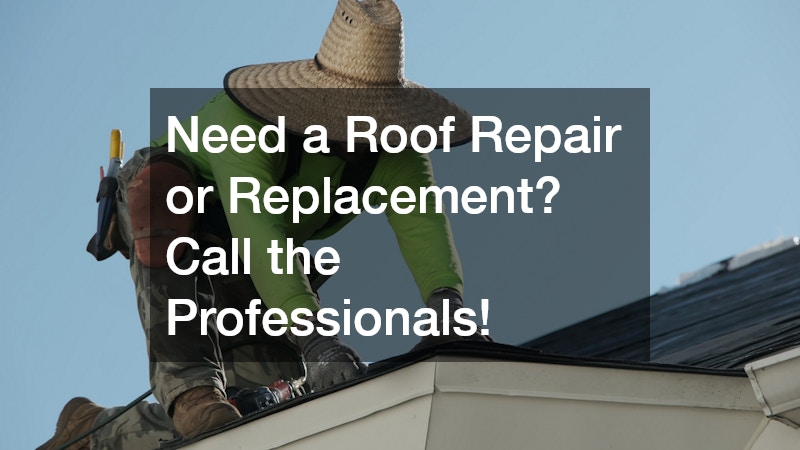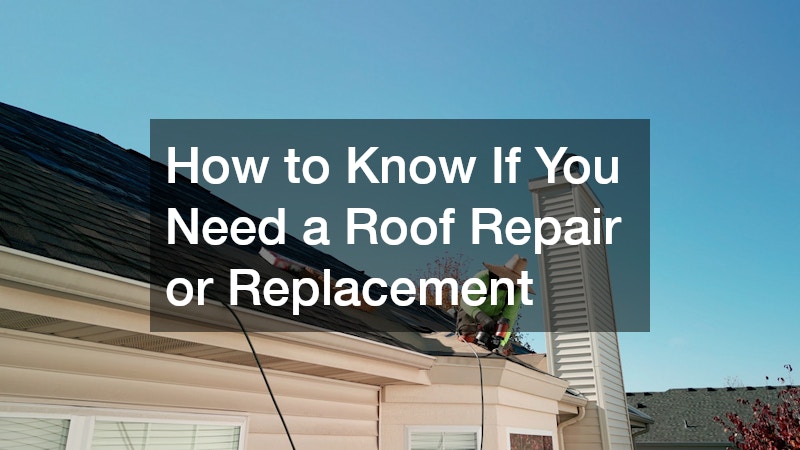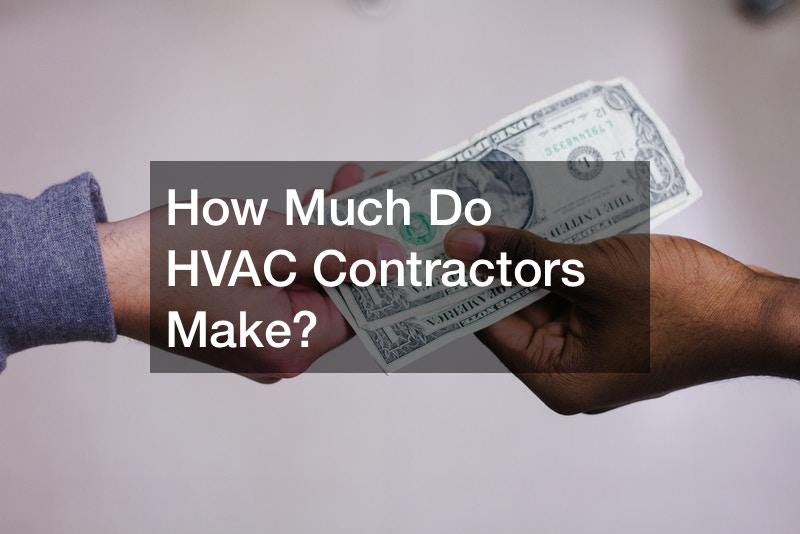
Understanding when to opt for a roof repair or a complete replacement is crucial for maintaining the integrity of your home. This article navigates through key signs and processes to help you make an informed decision. By identifying damage early and evaluating your options, you can ensure the safety and longevity of your roofing system.
What are the Common Signs of Roof Damage?
Leaks and Water Stains
Leaks and water stains are often the first noticeable signs of roof damage. They can manifest as discoloration or damp spots on ceilings and walls within your home.
Ignoring these signs can lead to further structural damage and mold growth.
Water stains, particularly if they are expanding, indicate that the roof is allowing water to penetrate its surface. This can be due to broken shingles, damaged flashing, or deteriorated sealing. If not addressed promptly, leaks can cause insulation damage and compromise indoor air quality.
Addressing leaks early can mitigate potential costs and prevent further damage. It’s crucial to inspect attic spaces regularly for signs of moisture or leaks. Prompt repair of minor leaks can prolong the roof’s lifespan and postpone the need for a complete replacement.
Missing or Damaged Shingles
Missing or damaged shingles are a clear indicator of roof issues that require immediate attention. When shingles are cracked, curled, or missing, they expose the roof to the elements, increasing the risk of leaks and further deterioration. Harsh weather conditions and natural aging are common culprits behind shingle damage.
Replacing individual shingles can be a cost-effective solution if the damage is localized. However, widespread shingle failure often suggests underlying issues with the roof’s structure. In such cases, a thorough inspection by a professional is essential to determine the extent of the problem.
Regular maintenance and timely replacement of damaged shingles can help maintain the roof’s integrity. Homeowners should consider the material’s durability and environmental conditions in their area when choosing repair or replacement options. Moreover, routine inspections after severe weather can help catch damage early.
Sagging Roof Deck
A sagging roof deck is a serious issue that signals potential structural problems. This condition might result from excessive weight, poor construction, or prolonged exposure to moisture. A sagging deck not only compromises the roof’s performance but also poses significant safety risks.
If the sagging is localized, it may be possible to repair the area without replacing the entire roof. However, widespread sagging usually indicates that the roof has reached the end of its lifespan. In such cases, the safest and most effective option is a full replacement.
Regular inspections and addressing minor issues promptly can prevent sagging. It’s advisable to consult a professional if you suspect any structural concerns to ensure the roof remains safe and functional. Proper ventilation and moisture control are also critical in preventing roof deck sagging.
When Should You Opt for Roof Repair?
Minor Damage and Localized Issues
Roof repair is a feasible solution when dealing with minor and localized damage. Small leaks, isolated shingle damage, or minor flashing issues can often be resolved with targeted repairs. By addressing these problems early, homeowners can avoid more extensive damage and extend the roof’s life.
Localized repairs are cost-effective compared to full replacements, especially for roofs that are still relatively young and in good condition. A professional inspection can determine if repairs are sufficient based on the extent and location of the damage. Quick fixes can prevent minor issues from escalating into costly repairs, offering peace of mind.
It’s important to regularly inspect the roof to spot these minor issues before they worsen. Homeowners should also consider the roof’s age and the material used; newer roofs with sturdy materials might handle repairs better. Regular maintenance and quick responses to minor damage are the keys to preserving your roof’s integrity and performance.
Roof Age and Material Compatibility
The age of your roof and the materials used are pivotal in deciding whether to opt for repairs. Older roofs might not hold up well to repairs due to material degradation over time. Generally, as roofs approach the end of their lifespan, a full replacement is more practical than repeated repairs.
Different roofing materials have varying lifespans and repair potential. For example, asphalt shingles might be repaired if relatively new, whereas wooden shingles past their prime might warrant complete replacement. Material compatibility with modern repair techniques is also crucial to consider in extending the roof’s serviceable life.
Understanding material-specific guidelines for repairs versus replacement can guide your decision. Consulting with a roofing expert familiar with various materials can provide insights into the best course of action. This informed approach ensures that your roof remains functional and effective for as long as possible.
When is Roof Replacement Necessary?
Extensive Damage and Widespread Issues
Extensive roof damage is a strong indicator that a complete replacement may be necessary. When problems like pervasive leaks, structural issues, or widespread shingle failure occur, simple repairs might no longer suffice. Ignoring extensive damage increases the risk of further structural harm and higher repair costs.
Large-scale damage often indicates underlying issues such as rotting wood, compromised supports, or inadequate ventilation. In these instances, a roof replacement can address the root causes of the damage and provide long-term solutions. Replacing the roof can rejuvenate the home’s structural integrity and add value to the property.
Comprehensive assessments by roofing professionals can determine the extent of the damage and recommend the best course of action. Regular maintenance and timely evaluations help prevent extensive damages. A proactive approach, including considering environmental hazards and roofing material, aids in deciding the need for a replacement.
End of Roof Lifespan
Once a roof reaches its expected lifespan, replacement becomes necessary to ensure continued protection. Each roofing material has a general lifespan guideline, and as this limit is approached, repairs become less effective and more frequent. An aging roof may lose its ability to protect against weather elements, leading to leaks and structural issues.
Signs that a roof is at the end of its life include frequent leaks, constant repairs, and visible wear. Even if a roof appears in good condition, materials may have deteriorated over time, compromising its structural integrity. Regular inspections can identify whether aging has affected the roof’s performance, necessitating replacement.
Modern replacement techniques can improve energy efficiency and incorporate advanced materials designed for longevity and durability. Opportunities to upgrade can coincide with replacement, offering evolved protection and efficiency. Ensuring the transition is handled by experienced professionals guarantees optimal results for your new roof installation.
How to Get a Professional Roof Assessment?
Selecting a Qualified Roofer
Choosing a qualified roofer starts with researching candidates with solid reputations in roof assessments. Look for contractors with industry certifications, reputable references, and years of experience. Vetting potential roofing professionals ensures you receive a reliable evaluation and practical recommendations.
Requesting estimates and understanding their assessment process before hiring is key. A qualified roofer will provide detailed inspections and transparent costs, offering insights into their proposed solutions. Choosing an experienced professional ensures that you are well-informed in making a decision about repair or replacement.
Consider hiring professionals who offer satisfaction guarantees and have proven track records. Accessibility and ease of communication with your roofer are important for discussing any concerns or plans. By selecting a skilled roofer, you’ll receive a more comprehensive assessment and actionable advice.
Deciding between roof repair and replacement hinges on damage assessment, cost considerations, and future plans. A professional evaluation can guide you to the best decision, ensuring your home’s protection and value. Proactive maintenance, regular inspections, and informed choices can extend your roof’s life, ensuring it effectively protects your home.




